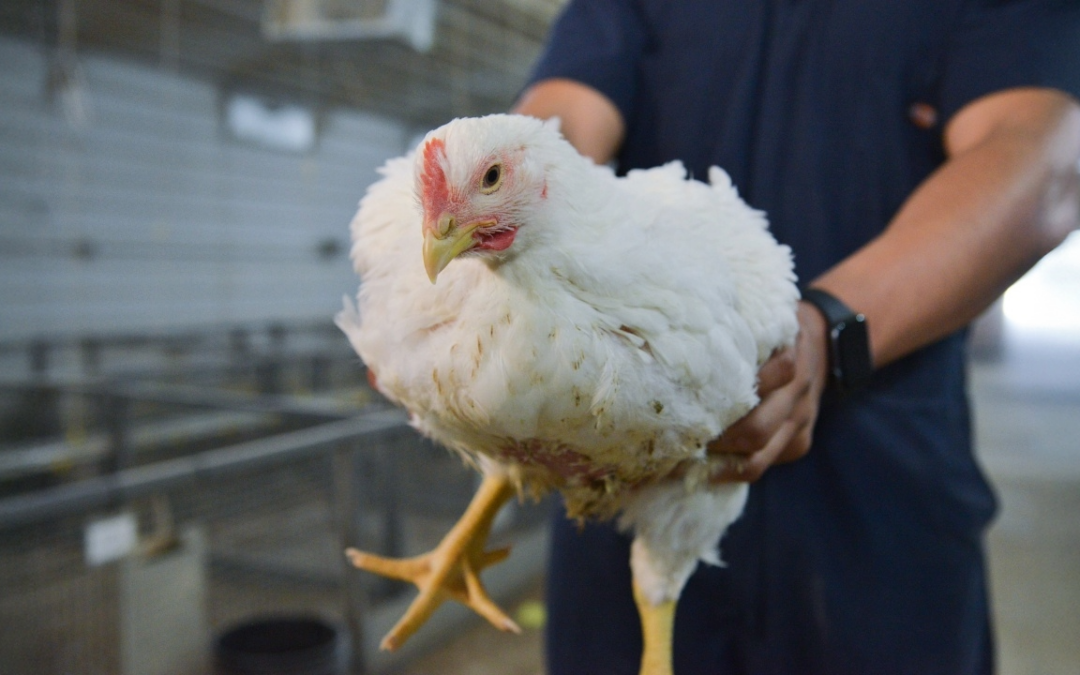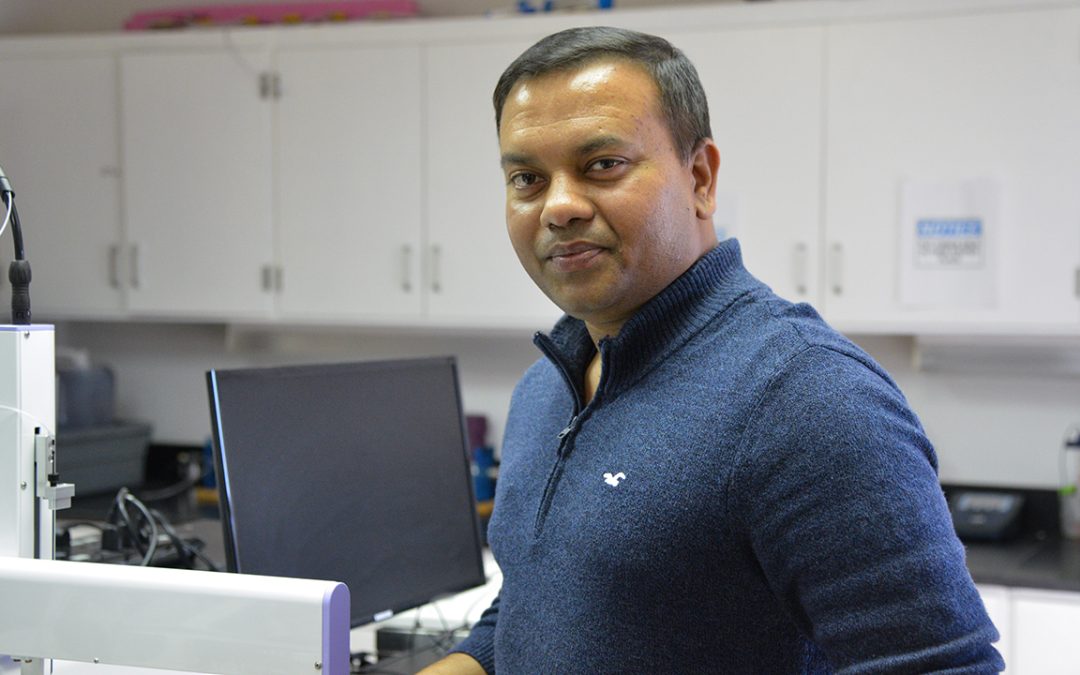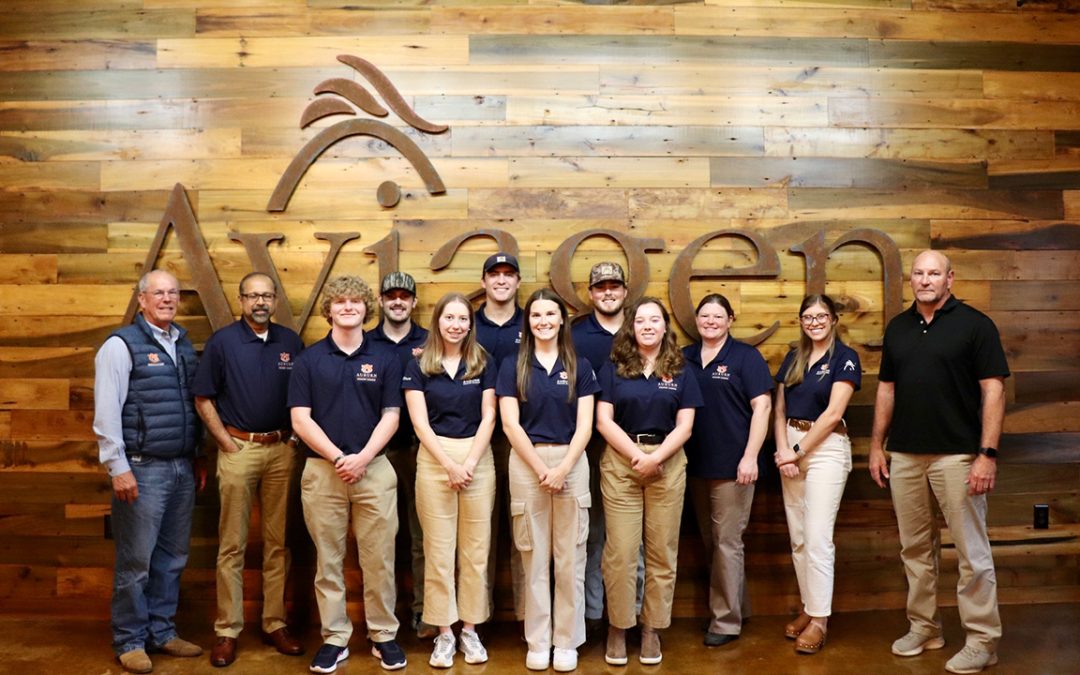
Food science professor Leonard Bell guides four Food Science 101 attendees through an exercise analyzing the composition of ingredients.
Although she was still a year and a half away from college, the science-loving high school junior from Birmingham had made up her mind that she was going to major in either sports medicine or biomedical engineering. But then she discovered the fascinating world of food science.
It happened this past spring, when she, along with 20-plus other female high school students from Birmingham-based Girls Inc. of Central Alabama, traveled to Auburn University for a half-day, hands-on course designed to educate tomorrow’s prospective college students on what food science is, why it is essential to society and the myriad career paths a food science degree can lead to.
Leonard Bell, food science professor in Auburn’s Department of Poultry Science, and colleagues developed “Food Science 101” after the Institute of Food Technologists approached the department about hosting such an event for the Birmingham Girls Inc. chapter. A national nonprofit, Girls Inc. encourages girls in underserved areas to, among other things, pursue college and study the traditionally male-dominated fields of science, technology, engineering and mathematics, collectively known as STEM education.
“We designed Food Science 101 to show these students that they can make a tangible impact on the future as food scientists,” Bell says. “Given the growing world population, we have to find ways to increase food productivity on a shrinking amount of farmland, and food scientists will help solve that problem because they’re essential to managing, creating and distributing a safer, more efficient and more stable food supply.
“We believe we have the next generation of food scientists right here in Alabama,” he says. “We want to open Alabama youths’ eyes to the many opportunities that await them in the classroom, in labs and in the real world.”
At the Food Science 101 workshop, participants got an overview of the field and then broke up into small groups that rotated among workstations where presentations and activities focused on the sensory aspects of food; how food components function, interact and change; and good and bad microorganisms that can impact food safety. The program wrapped up with the students helping make “Aubie Dots,” the Auburn version of Dippin’ Dots ice cream.
Quiwintre Frye of the Birmingham Girls Inc. chapter says the workshop was a college tour and then some.
“We take them on college tours sometimes, but when you tour a campus, you don’t get to see behind the scenes in the labs or get hands-on experience like these girls got during the day,” she says. “Some of the girls are undecided on what they wanted to do in life, and this event introduced them to a whole new career path that they’d never even knew existed.”
Students who were interested in learning more about careers in food science were invited to develop presentations on the science behind their choice of foods for a Girls Inc.–funded chance to travel to Chicago in July for the Institute of Food Technologists’ 2015 annual meeting and food expo. Four winners were selected and attended the expo, where they discovered the vast diversity of the food science and technology industries and took field trips to such sites as McDonald’s “Hamburger U.”




